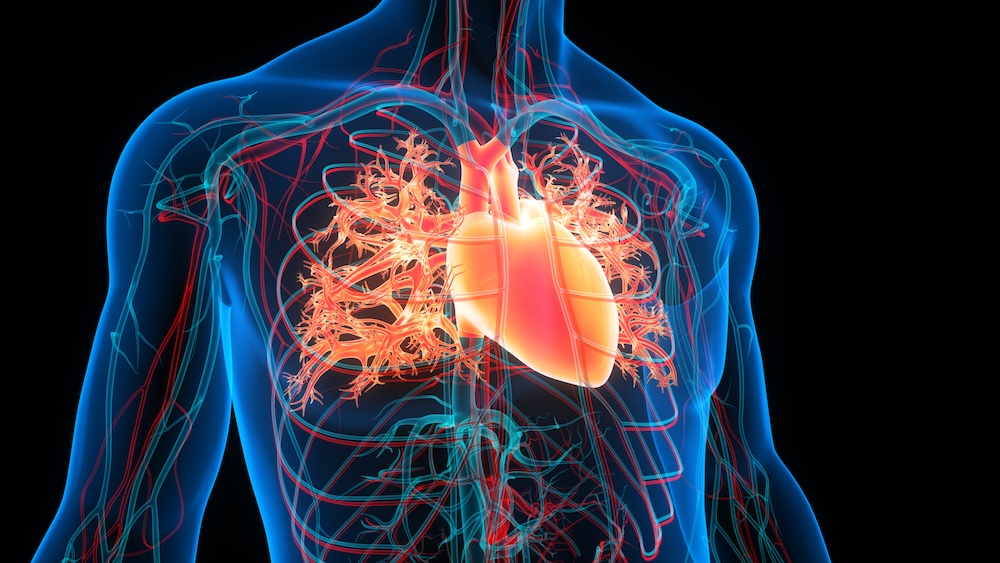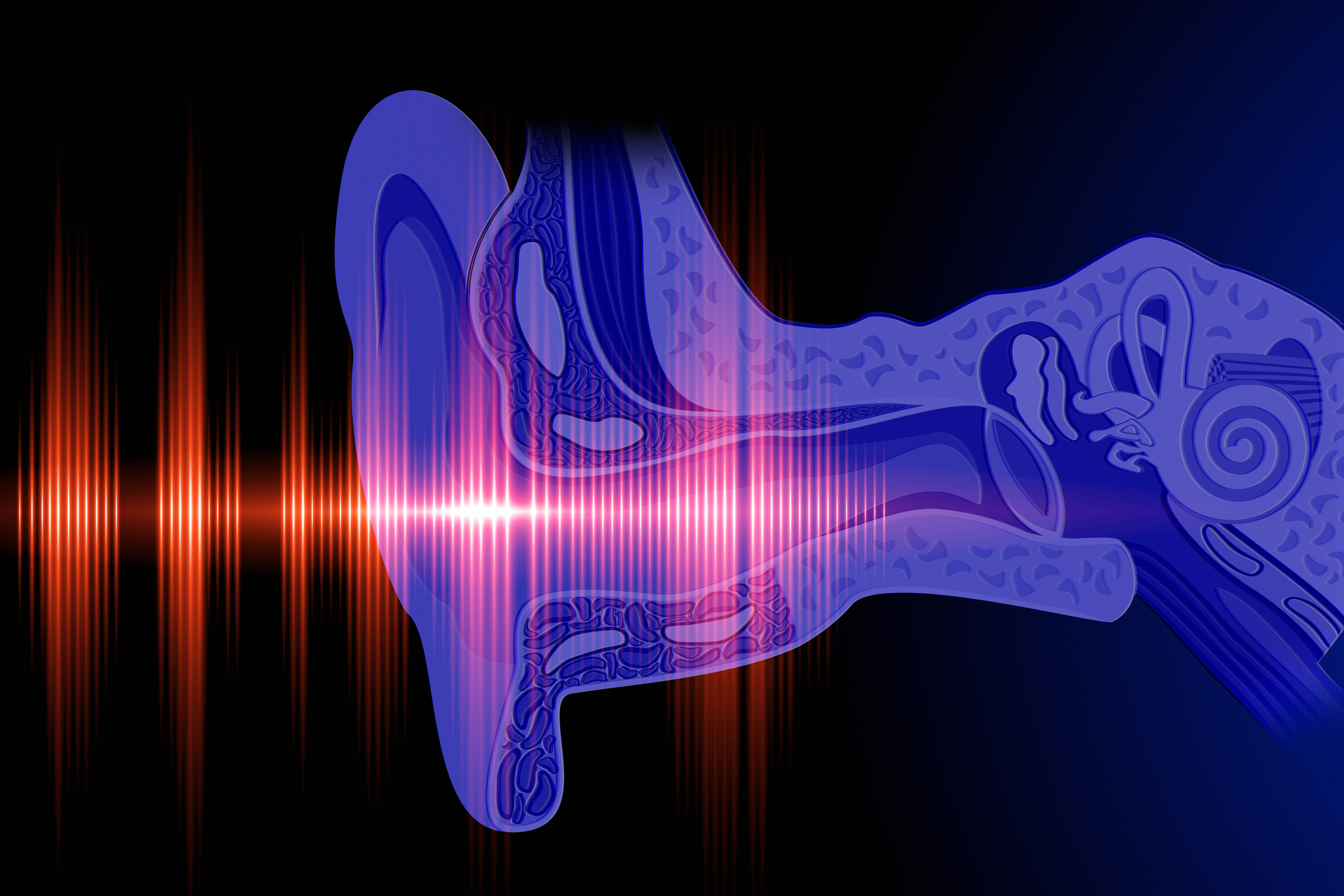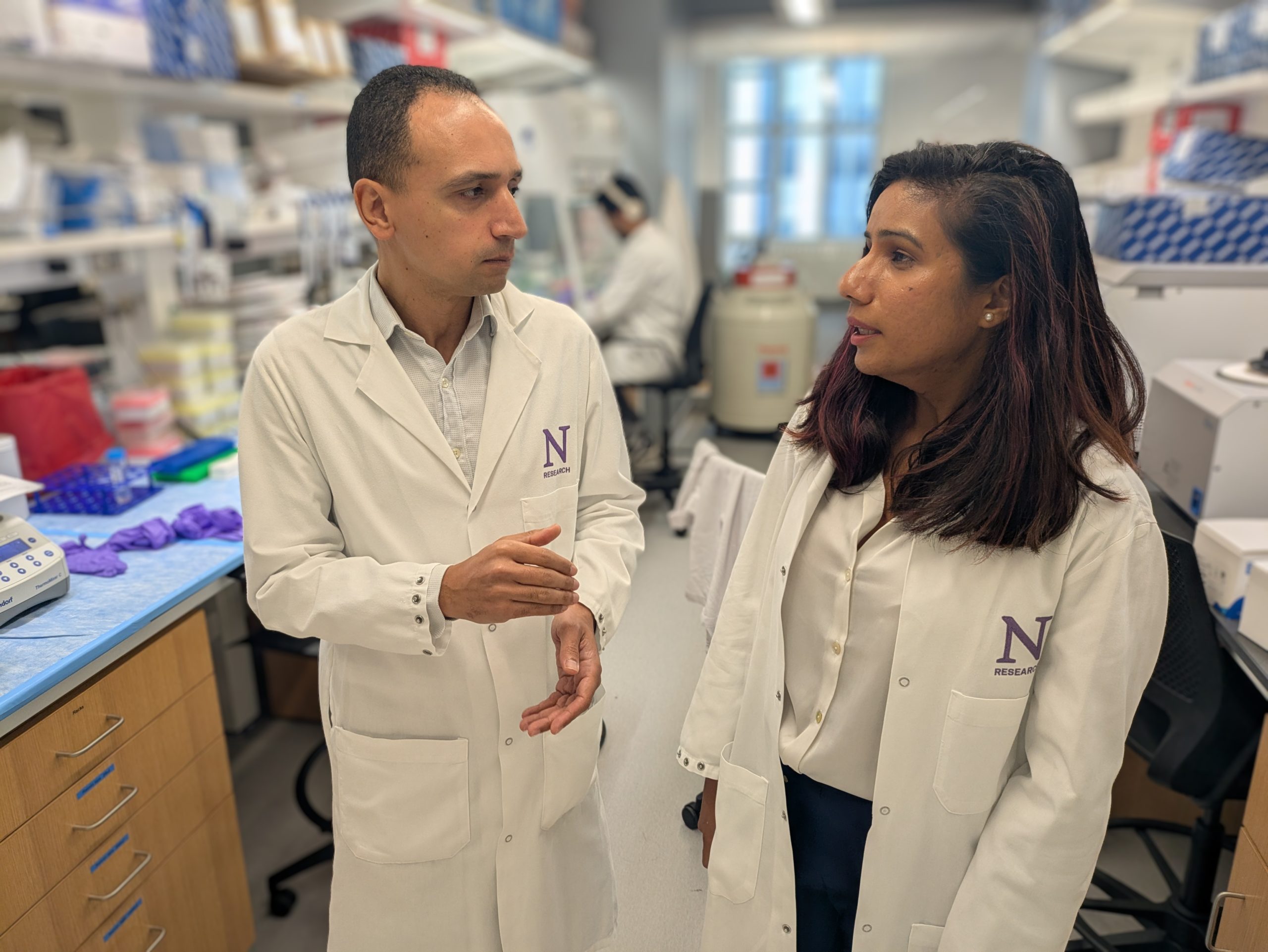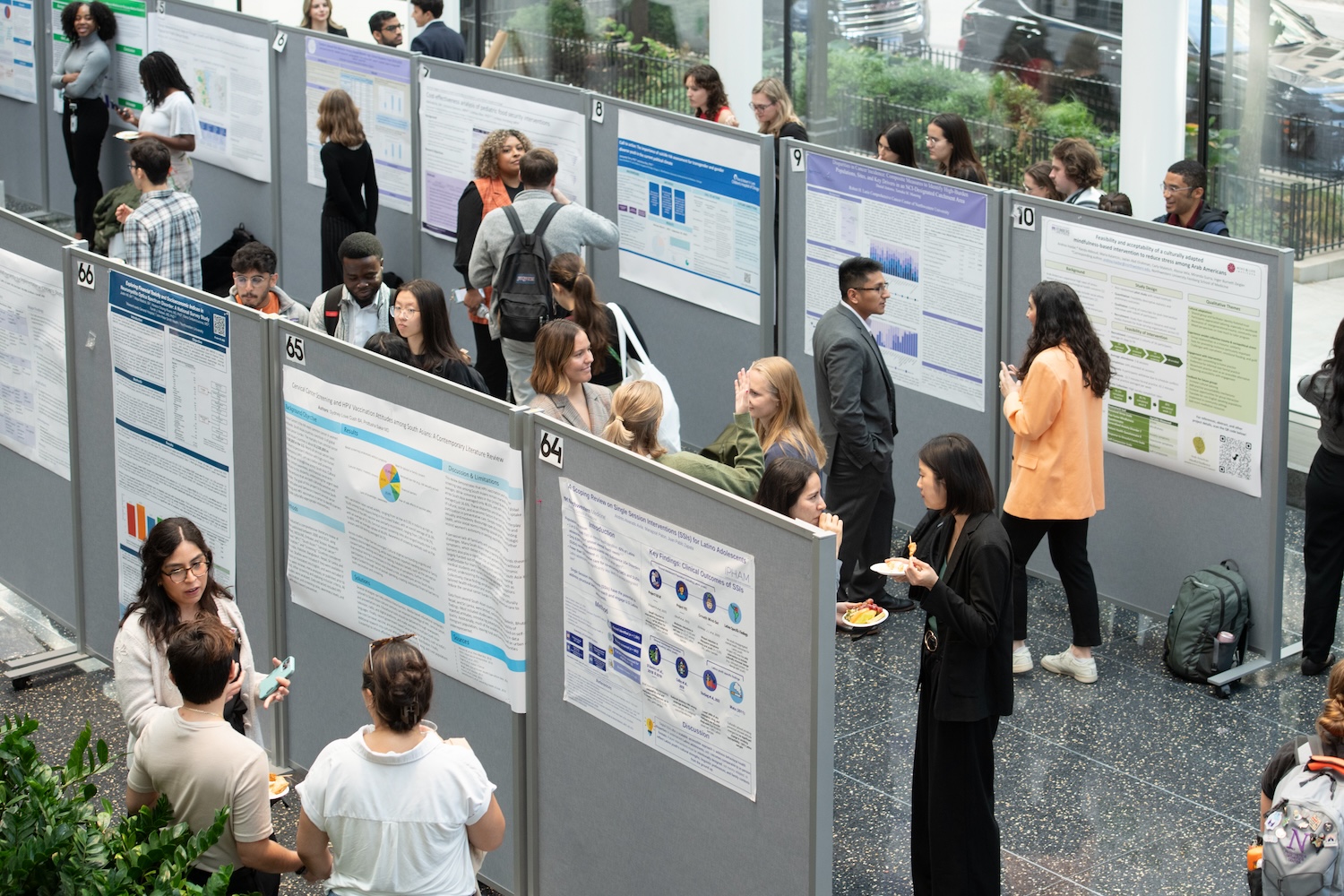
Northwestern Medicine scientists have uncovered new insights into how a protein called PAI-1 contributes to cardiovascular aging and how inhibiting it may help mitigate cardiovascular disease, according to recent findings published in The Journal of Clinical Investigation.
“We found very consistent results that by lowering PAI-1 expression, we can prevent aging-like changes in the arterial vasculature or by giving a drug that block PAI-1, we can even reverse vascular aging in mice,” said Douglas Vaughan, MD, the Irving S. Cutter Professor of Medicine Emeritus and senior author of the study.
The plasminogen activator inhibitor-1 (PAI-1) protein, which circulates in the blood, is encoded by the SERPINE1 gene and is a known contributor to cardiovascular aging and age-related cardiovascular disease.
Previous work led by Vaughan discovered that members of an extended Amish family in Indiana who carried a mutation in the SERPINE1 gene that led to lower levels of PAI-1 and who were protected against multiple aspects of biological aging and cardiometabolic dysfunction.
In the current study, Vaughan’s team sought to identify the underlying molecular mechanisms of PAI-1 and determine how they contribute to vascular aging.
The investigators used CRISPR-Cas9 gene editing to breed mice with the SERPINE1 mutation and then compared their cardiovascular responses to control mice without the mutation.
They found that mice with the SERPINE1 mutation demonstrated a 20 percent longer survival than mice without the mutation, and when exposed to vascular stress, the mutant mice demonstrated lower systolic hypertension and preserved diastolic function in the heart’s left ventricular compared to controls. Mice without the SERPINE1 mutation, however, demonstrated signs of accelerated cardiovascular aging in response to vascular stress.
The investigators then used single-cell transcriptomics to study cells from aortas in the mice with the SERPINE1 mutation, and found that these the tissues were enriched with smooth muscle cells that exhibited increased plasticity.
Lastly, the scientists used a small-molecule PAI-1 inhibitor in mice without the SERPINE1 mutation, and discovered that the therapy reversed the evidence of cardiovascular aging in the mice.
Overall, the findings emphasize how PAI-1 inhibition may be a promising therapeutic strategy for mitigating, and potentially reversing, age-related cardiovascular disease, according to Vaughan.
“We think these findings are highly relevant to the human condition in that it helps us understand how PAI-1 contributes to vascular aging and vascular stiffness. This gives us reason to think we may be able to do something about it,” said Vaughan, who is also director of the Potocsnak Longevity Institute.
Vaughan said his team is currently studying other cellular representations of PAI-1, specifically in induced pluripotent stem cells derived from somatic cells from members of the Amish family in Indiana.
“We’re developing vascular cells, smooth muscle cells and endothelial cells, and we’re studying how PAI-1 in those cells impacts upon resilience, the response to stress and senescence in the vasculature, as well,” Vaughan said.
Alireza Khoddam, PhD, a postdoctoral fellow in the Vaughan laboratory, was lead author of the study.
Co-authors of the study include Mesut Eren, PhD, research associate professor of Medicine in the Division of Cardiology; Brian Dinh, student in the Driskill Graduate Program in Life Sciences (DGP); Baljash Cheema, ’15 MD, ’18, ’19 GME, assistant professor of Medicine in the Division of Cardiology; Carla Marie Cuda, PhD, the Solovy/Arthritis Research Society Research Professor; Hiam Abdala Valencia, PhD, associate professor of Medicine in the Division of Pulmonary and Critical Care; and Lisa Wilsbacher, ‘03 MD, ‘01 PhD, associate professor of Medicine in the Division of Cardiology and of Pharmacology.
This work was supported by the National Institutes of Health grants R35HL171553 and R01AI170938, and AHA Predoctoral Fellowship 25PRE1356859.






